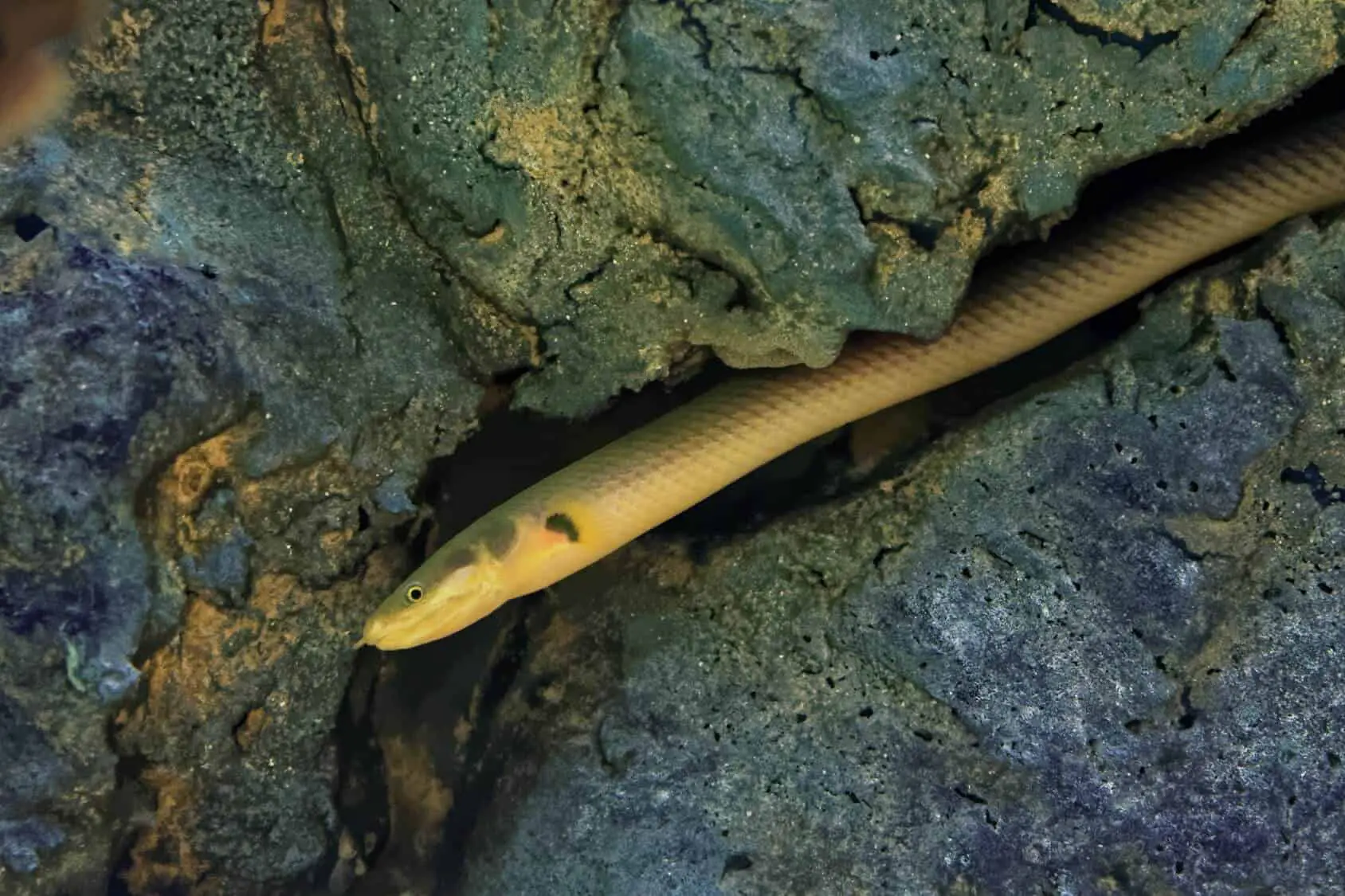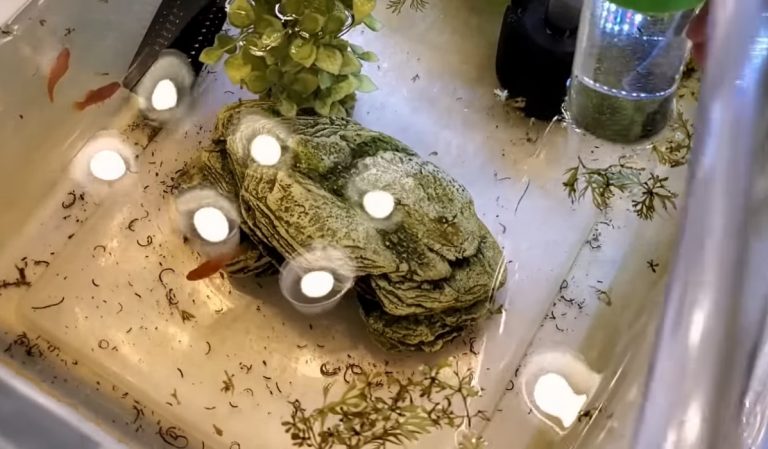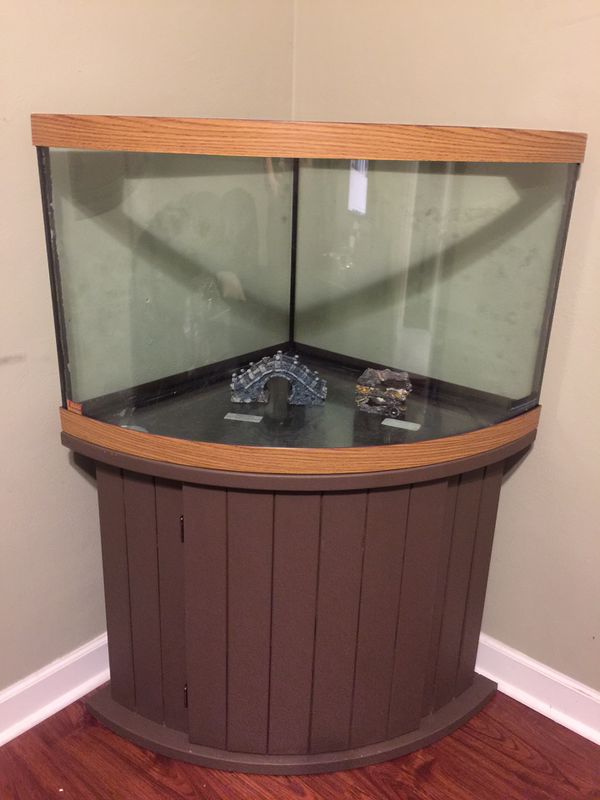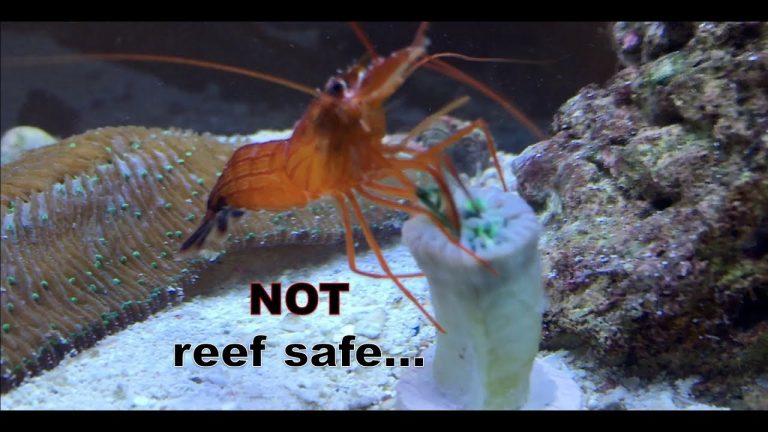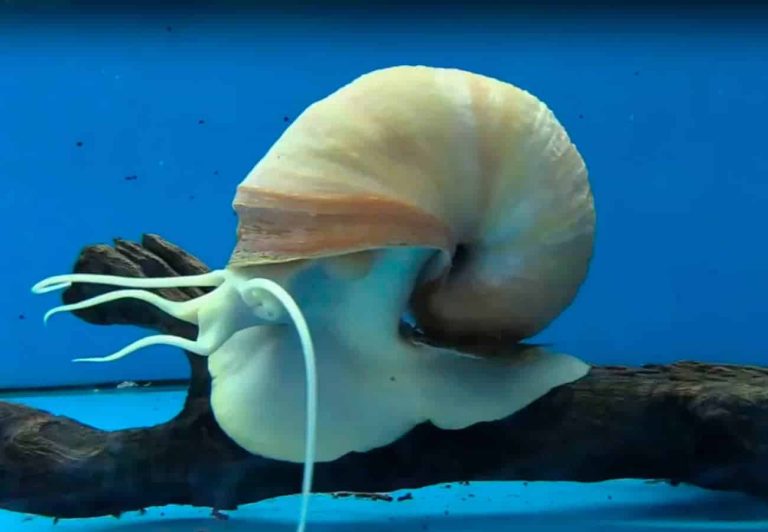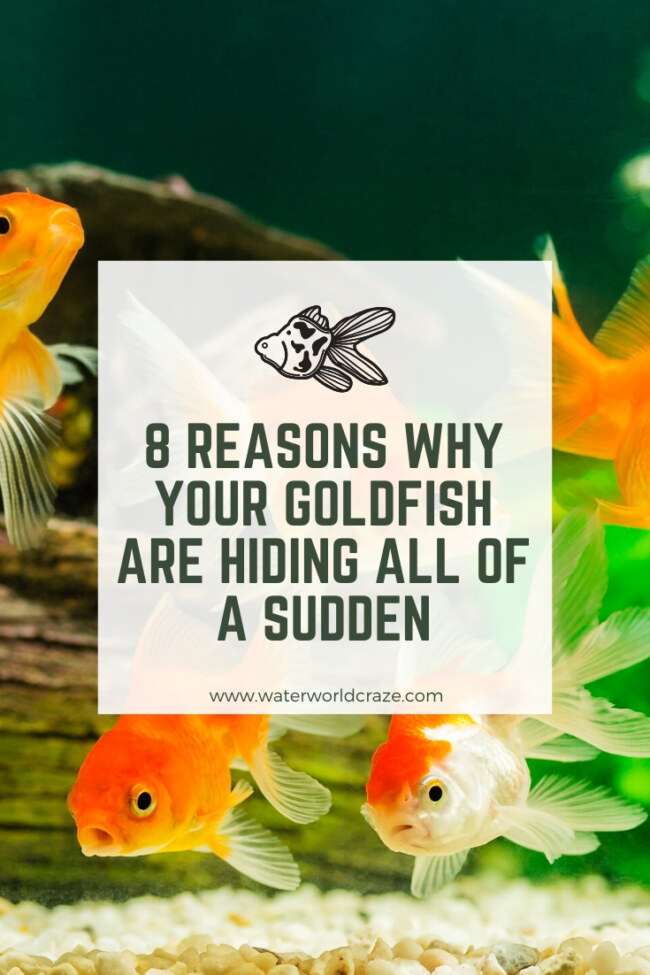Rope Fish With Cichlids
Rope Fish with Cichlids: A Perfect Match in the Aquarium
Are you a fan of unique and fascinating aquatic creatures? If so, you’re in for a treat! In this article, we’ll explore the fascinating world of rope fish and cichlids, and why they make a perfect match in the aquarium. If you’ve ever wondered about the compatibility of these two species or how to create a harmonious and thriving tank environment, read on to discover everything you need to know.
What are Rope Fish and Cichlids?
Rope fish, also known as reedfish or snakefish, are intriguing creatures that belong to the Polypteridae family. They have long, eel-like bodies and are characterized by their distinct rope-like patterns and elongated dorsal fins. Rope fish are native to freshwater habitats in West Africa, such as the Nile River and Congo Basin.
On the other hand, cichlids are a diverse group of fish species known for their vibrant colors, unique patterns, and varied behaviors. Native to various regions across the world, including Africa, Central and South America, and even some parts of Asia, cichlids are popular among aquarium enthusiasts for their striking appearances and interesting personalities.
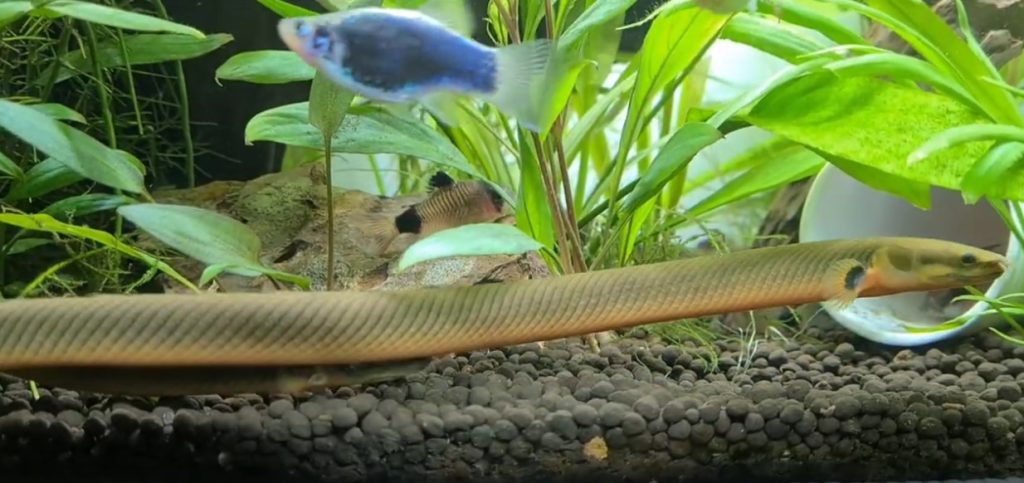
Compatibility Between Rope Fish and Cichlids
One of the most intriguing aspects of keeping rope fish and cichlids together is their remarkable compatibility. While both species have their own distinct characteristics and requirements, they can coexist harmoniously when certain conditions are met.
1. Tank Size and Setup
It’s essential to provide ample space for both rope fish and cichlids to live comfortably. Rope fish can grow quite large, reaching lengths of up to 18 inches, so a spacious tank is crucial. A tank capacity of at least 75 gallons is recommended to accommodate their size and swimming habits.
In terms of tank setup, provide plenty of hiding spots, such as caves, rocks, and driftwood, to create a sense of security for both the rope fish and cichlids. This will help establish territories and reduce potential aggression.
2. Water Parameters
The water parameters required for rope fish and cichlids are relatively similar. Generally, a temperature range of 75-82°F (24-28°C), a pH level of 6.5-7.5, and moderate hardness are suitable for both species. Regular water testing and maintenance are crucial to ensuring optimal conditions for their well-being.
3. Feeding Habits
Rope fish are primarily carnivorous. They enjoy a diet consisting of live or frozen food, such as small fish, shrimp, and worms. Cichlids, on the other hand, have a more diverse diet, including pellets, flakes, and occasional live or frozen food.
To ensure that both the rope fish and cichlids receive adequate nutrition, it’s essential to offer a varied diet that meets the specific dietary requirements of each species. Observing their feeding habits and adjusting their food intake accordingly is key to maintaining their health.
4. Behavior and Temperament
Rope fish are generally peaceful and non-aggressive towards tankmates, including cichlids. They are known for their calm demeanor and slow movements. However, it’s important to note that rope fish are predatory in nature and may eat smaller fish that can fit into their mouths. Therefore, it’s advisable to choose cichlid species that are large enough to prevent them from becoming prey.
Cichlids, on the other hand, can exhibit varying levels of aggression depending on the species. Researching the specific temperament and compatibility of different cichlid species is crucial to avoiding any conflicts in the tank. Additionally, providing ample hiding spots and establishing territories can help mitigate potential aggression.
Creating a Thriving Tank Environment
Achieving a thriving tank environment for both rope fish and cichlids requires careful planning and attention to detail. Here are some additional tips to consider:
1. Tankmates
When selecting tankmates for your rope fish and cichlids, it’s essential to choose species that have similar water parameter requirements and temperament. Avoid introducing fin-nipping fish or overly aggressive species that may harm or stress the rope fish or cichlids.
2. Aquarium Maintenance
Regular aquarium maintenance, including water changes, filter cleaning, and substrate vacuuming, is crucial for maintaining optimal water quality. Clean and well-maintained tanks promote the health and well-being of both rope fish and cichlids.
3. Observation and Adjustment
Keep a close eye on the behavior and well-being of your rope fish and cichlids. If any signs of stress, aggression, or illness are observed, take appropriate measures to address the issue. This may include adjusting tank parameters, rehoming aggressive individuals, or providing medical treatment if necessary.
4. Tank Décor and Lighting
Creating a visually appealing and stimulating tank environment is beneficial for the overall well-being of your fish. Incorporate live plants, rocks, and other natural elements to mimic their natural habitat. Additionally, ensure that the lighting is appropriate for your fish species, as some cichlids may prefer dimmer lighting conditions.
Frequently Asked Questions
Now that you have learned about the compatibility and care requirements of rope fish and cichlids, let’s address some frequently asked questions.
Q: Can rope fish be kept with aggressive cichlids?
A: It is generally not recommended to keep rope fish with aggressive cichlids. Aggressive cichlids may harass or injure the rope fish, causing stress and potential harm. It’s best to select cichlid species that have a peaceful temperament.
Q: How often should rope fish and cichlids be fed?
A: Rope fish should be fed once a day, preferably in the evening or at night when they are most active. Cichlids can be fed 1-2 times a day, depending on their size and species. It’s important not to overfeed, as it can lead to health issues and poor water quality.
Q: Can rope fish and cichlids breed together?
A: Rope fish and cichlids belong to different families and cannot interbreed. They have different reproductive behaviors, and successful crossbreeding between these two species is not possible.
Final Thoughts
Rope fish and cichlids make an exciting and unique combination in the aquarium. Their distinctive characteristics and compatibility make them a joy to observe and care for. By providing the right environment, diet, and tankmates, you can create a thriving ecosystem that showcases the beauty and wonder of these fascinating aquatic creatures. So go ahead, set up your tank, and embark on a journey into the captivating world of rope fish and cichlids!
